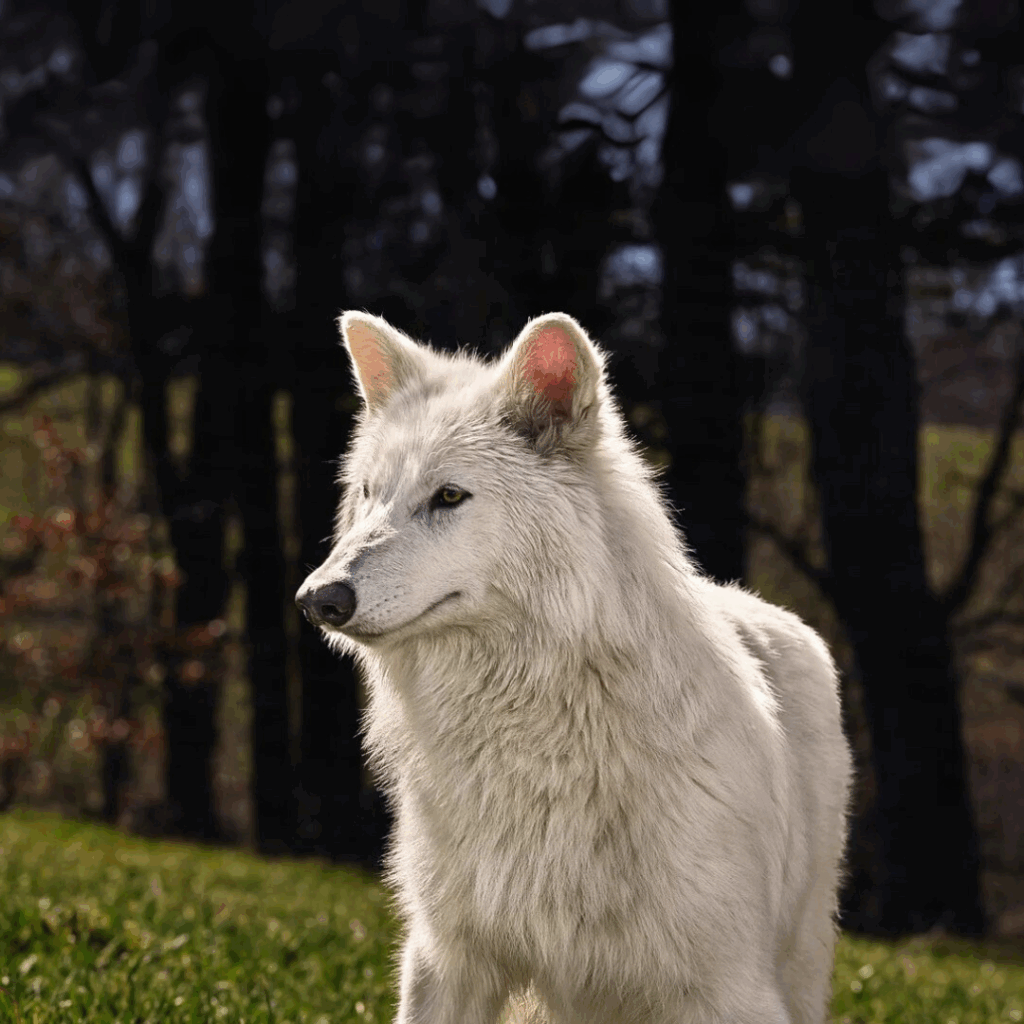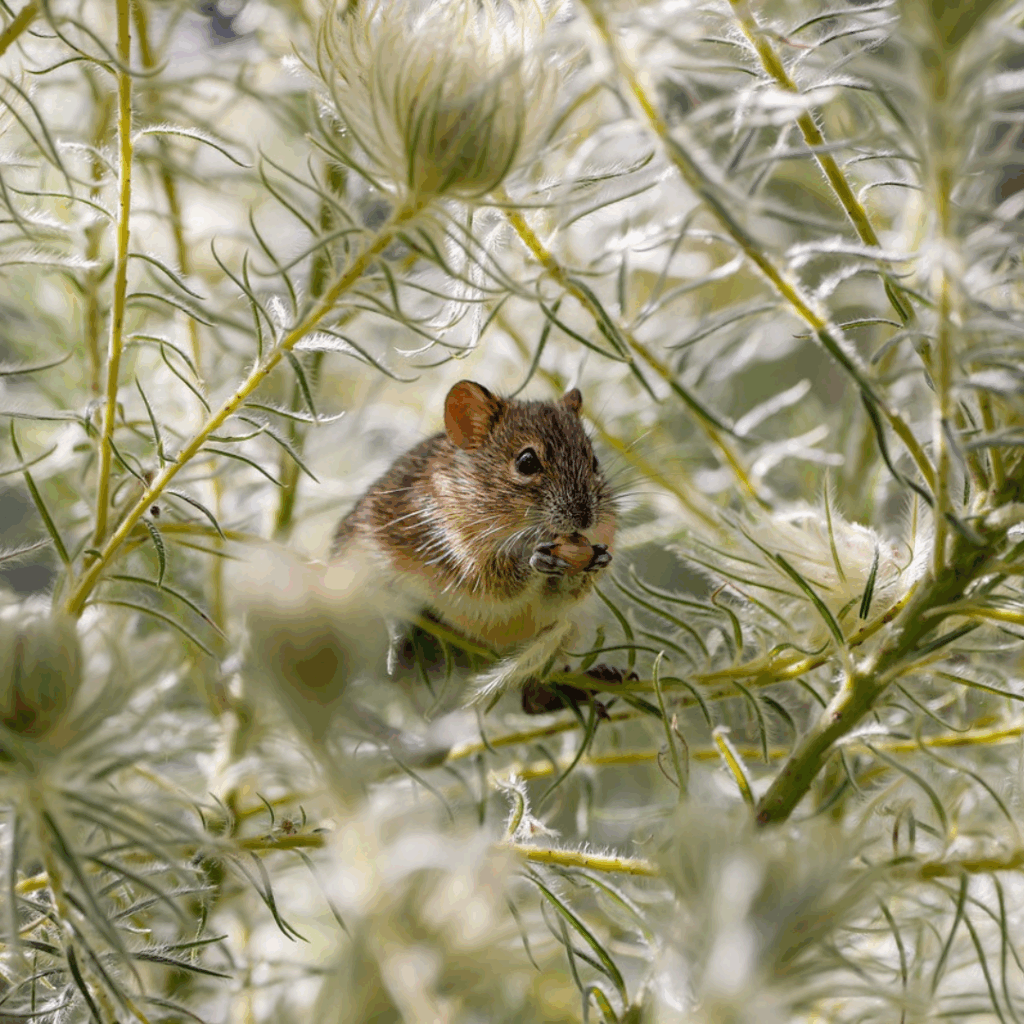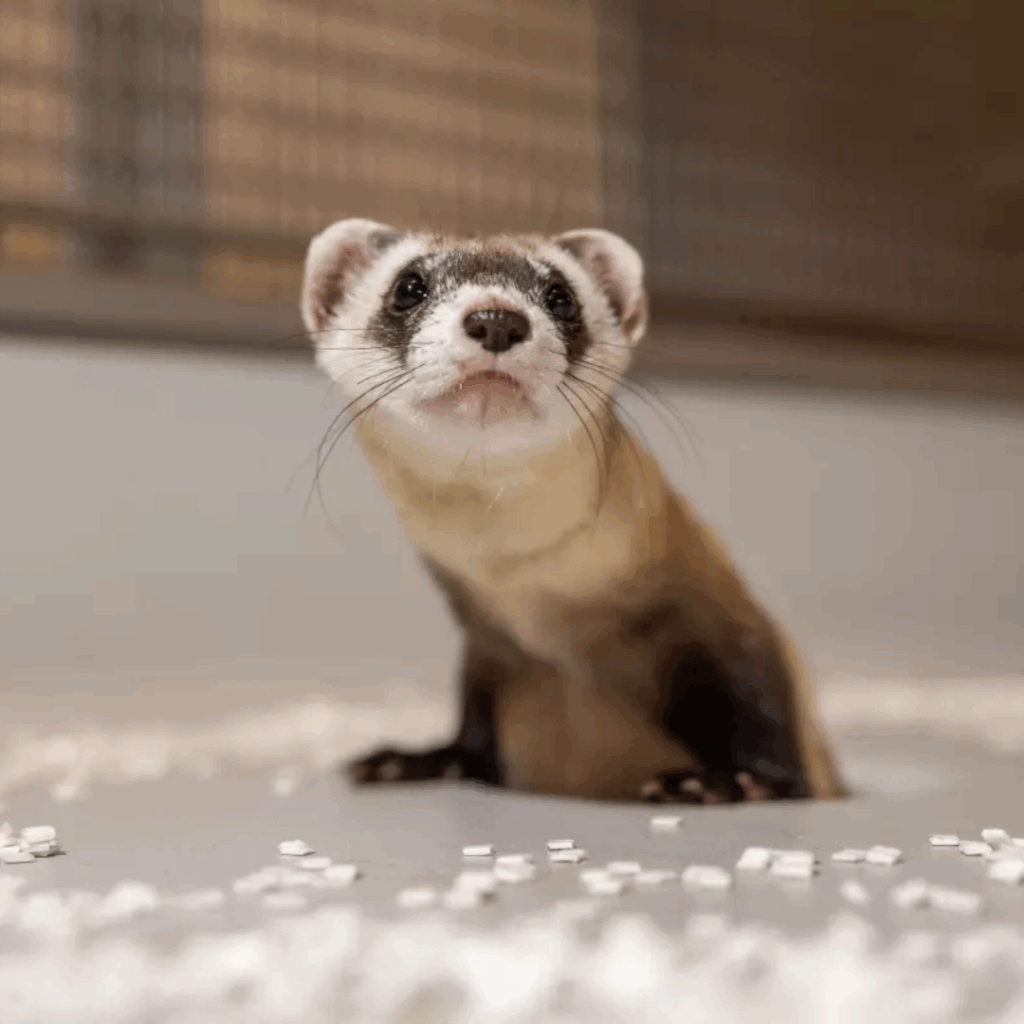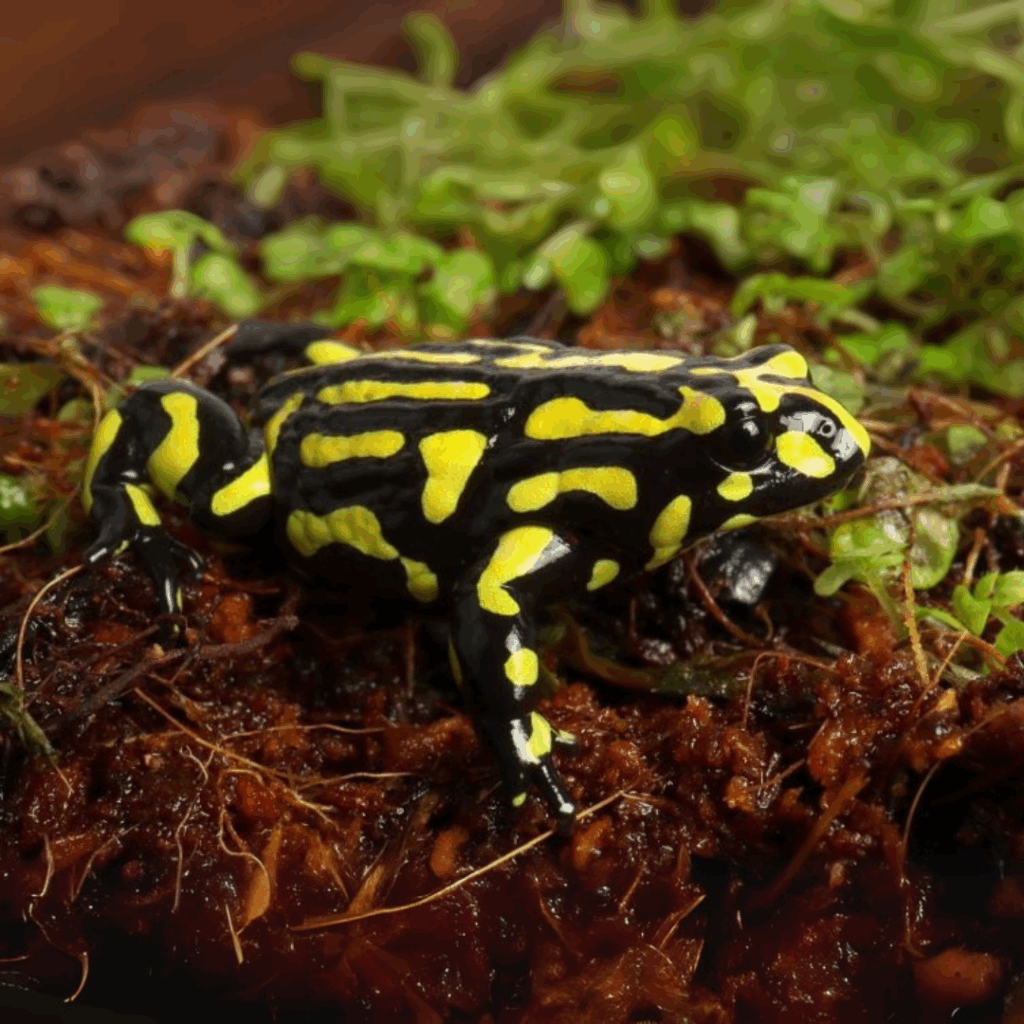Quelles sont ces propositions visant à modifier génétiquement la nature ?
Cette page n’est disponible qu’en anglais pour le moment.
________________________________________________________________
Here we present five case studies — two completed, three proposed.
So far, none of these genetically modified organisms (GMOs) have been released into natural habitats where they could interbreed with wild populations. Whether this should happen is highly questionable.
Key concerns include:
- Conservation benefits are either absent (“dire wolf”) or speculative, with any potential outcomes dependent on long timelines and sustained funding.
- Risks to engineered species — often already endangered — and to wider ecosystems could be severe and irreversible.
- Existing regulatory frameworks are insufficiently developed to manage environmental releases and transboundary movements.
- Alternative conservation approaches exist, but genetic engineering could undermine both their application and success.
The “Dire Wolf”
The dire wolf project highlights the fundamental flaws of “de-extinction”. Colossal’s genetically engineered grey wolves are not dire wolves, and the ecological niche of the dire wolf no longer exists. The company’s approach does not contribute to species conservation – and may even threaten existing grey wolf populations.
The American Chestnut
Touted as a conservation breakthrough, the genetically engineered American chestnut has shown “significant performance limitations,” including poor blight tolerance, slow growth, and higher mortality. Intended to interbreed with remaining wild American chestnuts, its release would be a large-scale experiment with virtually no way to monitor, manage, or reverse it – threatening wild populations and potentially undermining conservation efforts in both the U.S. and Canada.
Rodents on Islands
Island ecosystems are uniquely vulnerable and ill-suited for testing experimental gene drive technologies which can have unpredictable, irreversible impacts. In biodiversity hotspots, conservation efforts should prioritise approaches supported by strong evidence of effectiveness. Relying on gene drives instead of proven methods risks wasting valuable time while endangered species continue to decline.
The Black-Footed Ferret
After a decade of work, cloning of black-footed ferrets has produced five captive ferrets with no timeline for breeding integration, while genetic engineering for plague resistance remains entirely speculative. Even if these technologies succeed, they cannot solve the underlying problem: ferrets still require suitable habitat, including prairie dogs, which continue to face persecution.
The Southern Corroboree Frog
Genetic engineering of the Southern Corroboree Frog remains speculative, and faces many challenges. Australia’s regulatory system appears ill-equipped to assess irreversible genetic modifications in endangered species within protected areas. Meanwhile, captive selective breeding is advancing, and natural recovery in related species shows that, given time and habitat protection, evolutionary adaptation is possible.




